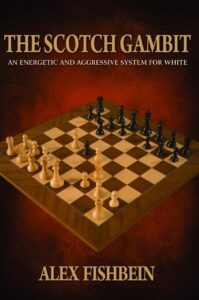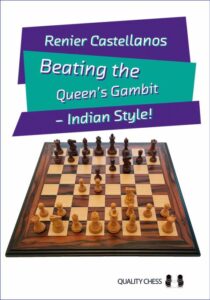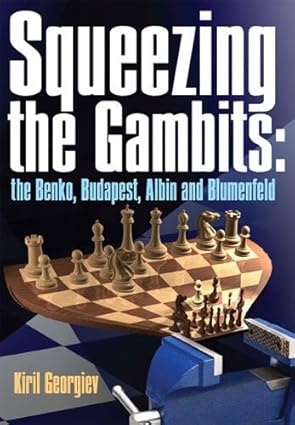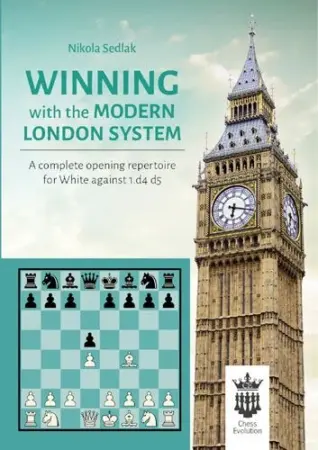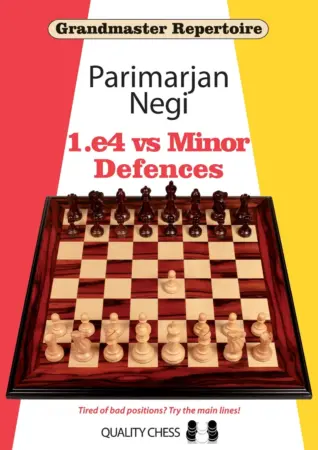Introduction
You might say that this is an opening repertoire for white, as the book was written from white’s perspective, but it will be useful regardless of which side of the hedgehog you find yourself on. I have played hundreds of Sicilian games where I was playing the Maroczy Bind from the white side and my opponent played the hedgehog setup, and ideas, patterns and lines presented by Hazai and Gal would have surely improved my results.
Learn openings and build a repertoire the easy way. Chessbook is like having access to a hundred opening books combined. It helps you focus on moves you will encounter in real play, it helps you understand the ideas behind them, and it highlights what you’re doing wrong.

The Structure of the Book
Since the hedgehog is not an opening, but a structure, with its own strategic and positional plans, this is more a middlegame book than an opening book. Most ideas presented, such as the all-important d5-break are just as applicable in the middlegame as in the opening, if not more so, which is what I like most about Beating the Hedgehog System. I like books that explain ideas instead of dry variations.

The book is divided into 7 chapters. The final two go over model games and exercises, while the first five are a solid overview of theory and middlegame ideas in most topical variations.
Suggested Variations
Having played the Maroczy Bind for years, I can understand almost everything the authors suggest, but I find some of the lines suboptimal. That is subjective, though, and almost everything presented makes sense, it just wouldn’t be my first choice.
Quality of Annotations
The usual issue when it comes to chess books and especially opening books are the annotations. They are often not detailed enough or completely missing for some moves. That is the case here as well. Although the ideas are explained well, and the main lines covered, I feel that they could have done a much better job annotating every move and including more sidelines too.

The annotations in the chapter with model games are better. Perhaps since they follow the game itself and explain almost every move. They feel complete, at least more so than in the theoretical portion of the book.
Problems and their Difficulty
The final chapter consists of 30 problems most of which are about, you guessed it, whether d5 should be played or not.
I found them very easy. Perhaps that’s because I have a lot of experience in playing this position, or because I’d just finished reading an entire book on it. In any case, if you do read Beating the Hedgehog System, you shouldn’t have any difficulty solving all the exercises correctly. I would say they are simpler than the book itself.

Recommended Rating Range
The lines themselves aren’t hard to follow, and neither are the annotations, but the subject of the book is pretty advanced. Most beginners needn’t concern themselves with the hedgehog, nor will they ever meet it in a game, so I would say that Beating the Hedgehog System is a book for advanced players who are preparing for tournaments. Perhaps ideally those 1800 FIDE and above. I simply see no point in going into this much detail on a system if you’re lower rated than that. That being said, everyone would benefit from reading it, and even low rated players would score points based on the knowledge they could gain from reading the book.
Conclusion
A very useful, albeit extraordinarily specific opening and middlegame book for advanced players. It should be used as a complimentary resource for anyone who plays 1.c4 or 1.e4 or anyone who plays the Sicilian, Nimzo or Queen’s Indian, since the position discussed in the book could come from any of those openings.




